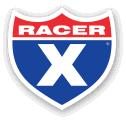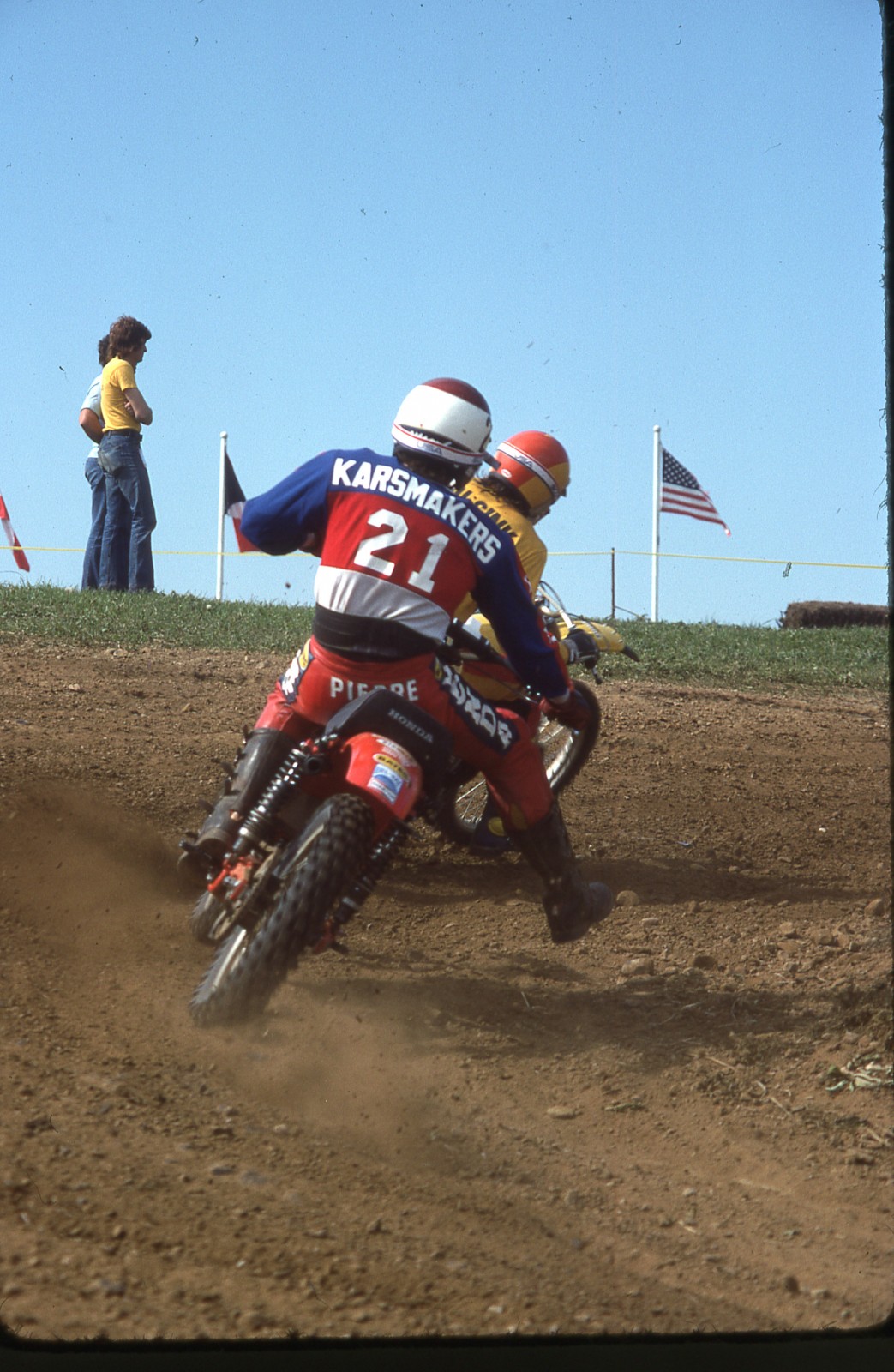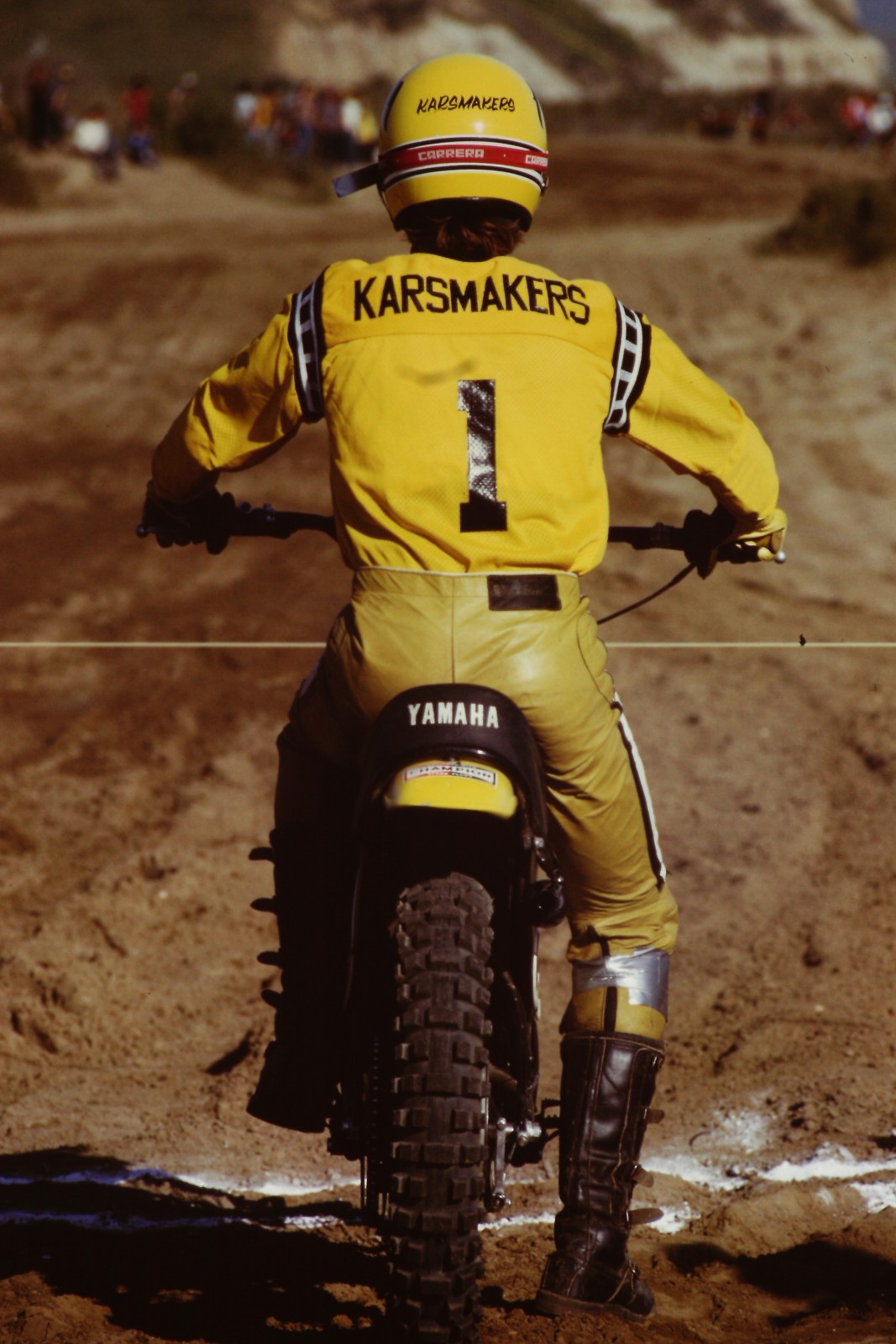The 2018 Lucas Oil Pro Motocross Championship, sanctioned by AMA Pro Racing, is now just 29 days away! The 50th Annual Hangtown Classic, just outside of Sacramento, California, will go off the starting gate on May 19.
Five years ago, on the eve of the 2013 outdoor season, the editors and contributors of Racer X Online did countdown of the 30 Greatest AMA Motocrossers of all time, ranking the best riders on the AMA Motocross circuit. You can check out that list right here.
But now we’re five years past that list, and in anticipation of a brand-new season of racing, we decided to revisit and update that list, adding in the results and championships accumulated in the past five years to our existing results, which go back to 1972. Our rankings include a mix of championships, race wins, and podiums; a rider's efficiency and longevity; the competition they raced against; and, of course, pure talent and speed. Remember, these rankings are based on the AMA Motocross Nationals—international events like the Motocross of Nations and Grand Prix events here and abroad will not be factored into our tally.
One of the hardest men to rank on our list of the NBC Sports Gold 30 Greatest AMA Pro Motocross racers was as fast as he was influential. In his years on the U.S. circuit, Pierre Karsmakers—who moved from Holland in 1973 after being hired by Yamaha to help develop their U.S. program—was a full-on mercenary. By the time he was done racing—and despite the unfortunate rule-changes the AMA passed to prevent him from counting in the points one year—he did enough to be considered one of the 30 best of all time on the AMA circuit. He also paved the way for many international riders in the future to come race in America.
Karsmakers started racing late, riding a Greeves in Europe in the late sixties before switching over to CZ and then Husqvarna. He first found attention in the States in 1972 Trans-AMA Series, battling the likes of Ake Jonsson and Heikki Mikkola. At the time, Yamaha was looking for a seasoned rider to move here and teach younger prospects like Tim Hart how to race and train for motocross.
“Yamaha wanted have somebody, a European rider, to train some American riders, show them how the Europeans train, how they prepare their bikes and how they prepare themselves for the races and they probably knew I always train hard,” Karsmakers told Motocross Action in an interview that appeared in their first print issue (July 1973). “They knew I had the experience.”
Karsmakers took the gig and immediately dominated the 1973 Winter-AMA Series in Florida, a tour that rivaled the nascent AMA National Motocross Championships in competition and prestige. When the national series started—at Daytona International Speedway, ironically—Karsmakers took over. He won seven of 12 standalone rounds in the premier 500cc class on his way to the 1973 500cc National Championship.
But the series did not end there. Beginning with Unadilla in late September, the national series was rolled into the more prestigious Trans-AMA Series. And because the Americans were still racing below the level of the international participants, “top American” was named winner of the national, and the AMA riders were given points for both series. Here's the rub: Karsmakers was not an American, but he was racing the AMA series, so the decision was made to allow him to claim “top American” honors when he earned them. And if Karsmakers won the race outright, which he did at Unadilla and Puyallup in Washington, he was Trans-AMA winner, “top American,” and 500 National winner—all at once! In the end, Karsmakers scored an astonishing 2,659 total points. Yes, it was a different points system, but here's perspective: 500cc Nationals runner-up Mike Runyard had just 1,427 points. That's domination!
Things got even more confusing the following year. “Top American” in the Trans-AMAs was dropped and the domestic series completely separated. But then the AMA proclaimed that because Karsmakers was not a U.S. citizen, he was not eligible to claim the AMA National Motocross Championship. So the previous year's “top American” was now left out of the standings in the 250 Nationals (the class he chose to race in 1974). Still on Yamaha, Karsmakers won three more Nationals, but the title went to California-born Gary Jones. There was some consolation: a new stadium series was introduced that spring, dubbed the Yamaha Super Series, and Karsmakers ended up winning it. When the name of the series was changed to supercross one year later, Pierre went into the history books at the first AMA Supercross Champion.
One year later Karsmakers moved to Team Honda, and the ridiculous rule against him counting for points was thrown out for good. But Karsmakers, by that point 28 years old, was not the dominant rider he was before. He won a single 500 National (Mexico, New York) and ended up third in the short five-race series. From there, injuries and age began to mount, as did the rapid improvement of the Americans he was brought over to help teach. He won his last big race on July 18, 1976, at Cycle World in St. Peters, Missouri. His last race in America was a sixth at the 1978 High Point 500 National.
Karsmakers did had long-reaching effects. He was the first man on the U.S. scene to get serious about training, testing, and all of the other aspects of racing that are now the rule for success. And at a time when some of America's best riders like Brad Lackey and Jim Pomeroy were heading to Europe to seek their fortunes, Karsmakers came this way, blazing a path that would later be followed by Jeff Leisk, Jean-Michel Bayle, Mickael Pichon, Greg Albertyn, David Vuillemin, Grant Langston, Chad Reed, and many, many more. Pierre Karsmakers was a true motocross pioneer.
“The Americans? They are getting very fast,” Karsmakers told MXA back in 1973. “One day they will be World Champion, for sure....”
He was also spot-on.
Other Entries
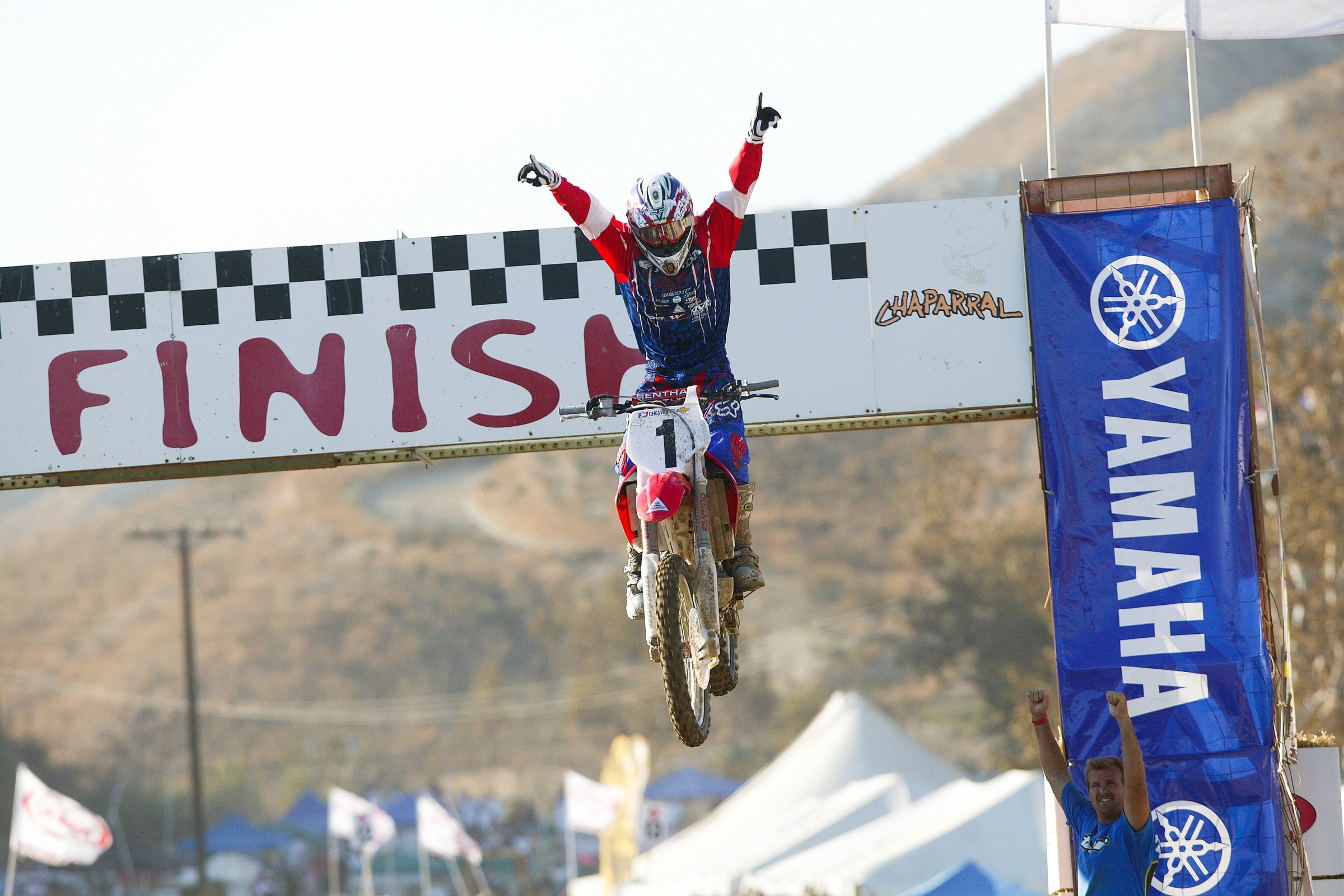 Sat May 19 30 Greatest AMA Motocrossers: #1 Ricky Carmichael
Sat May 19 30 Greatest AMA Motocrossers: #1 Ricky Carmichael 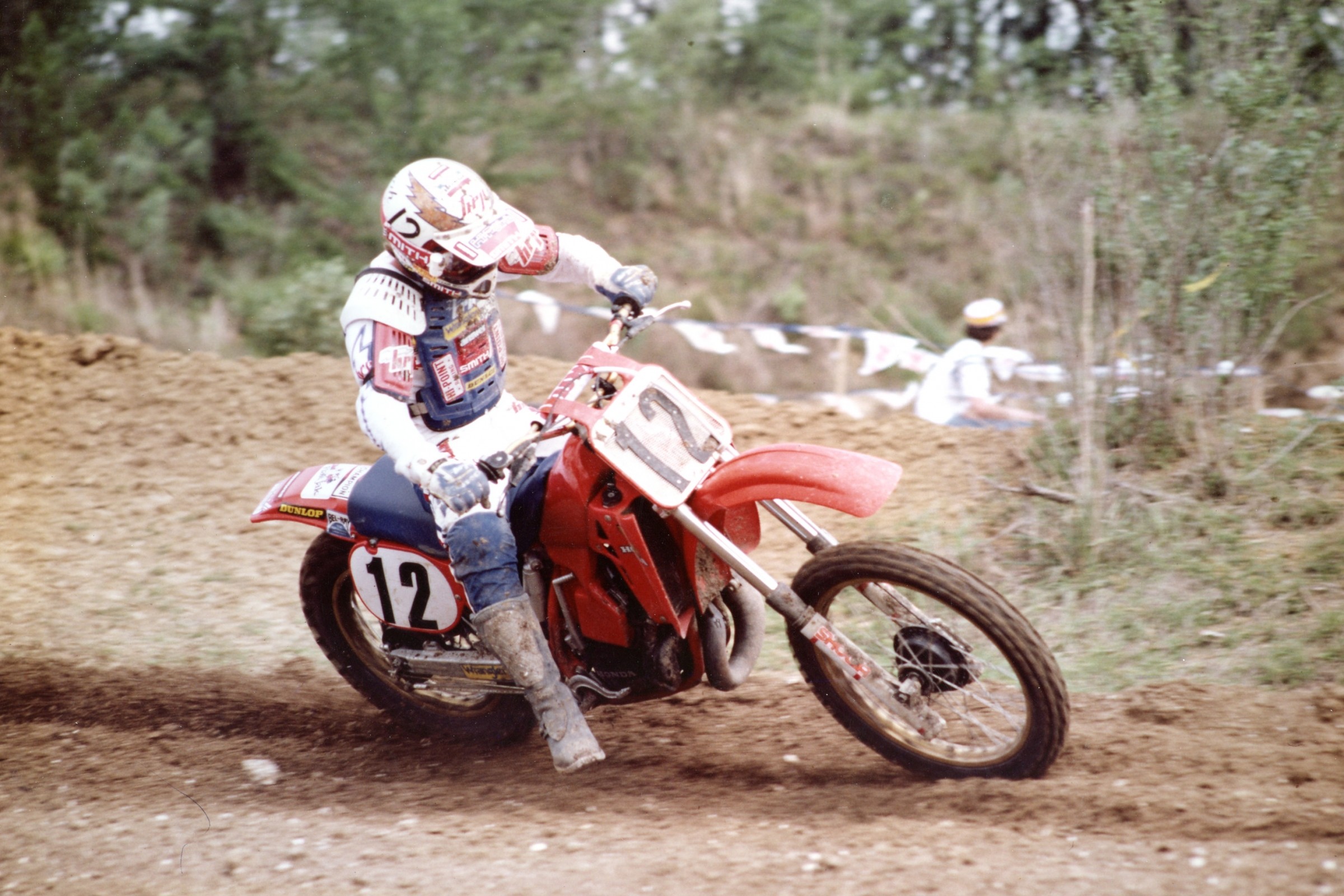 Fri May 18 30 Greatest AMA Motocrossers: #2 Bob Hannah
Fri May 18 30 Greatest AMA Motocrossers: #2 Bob Hannah 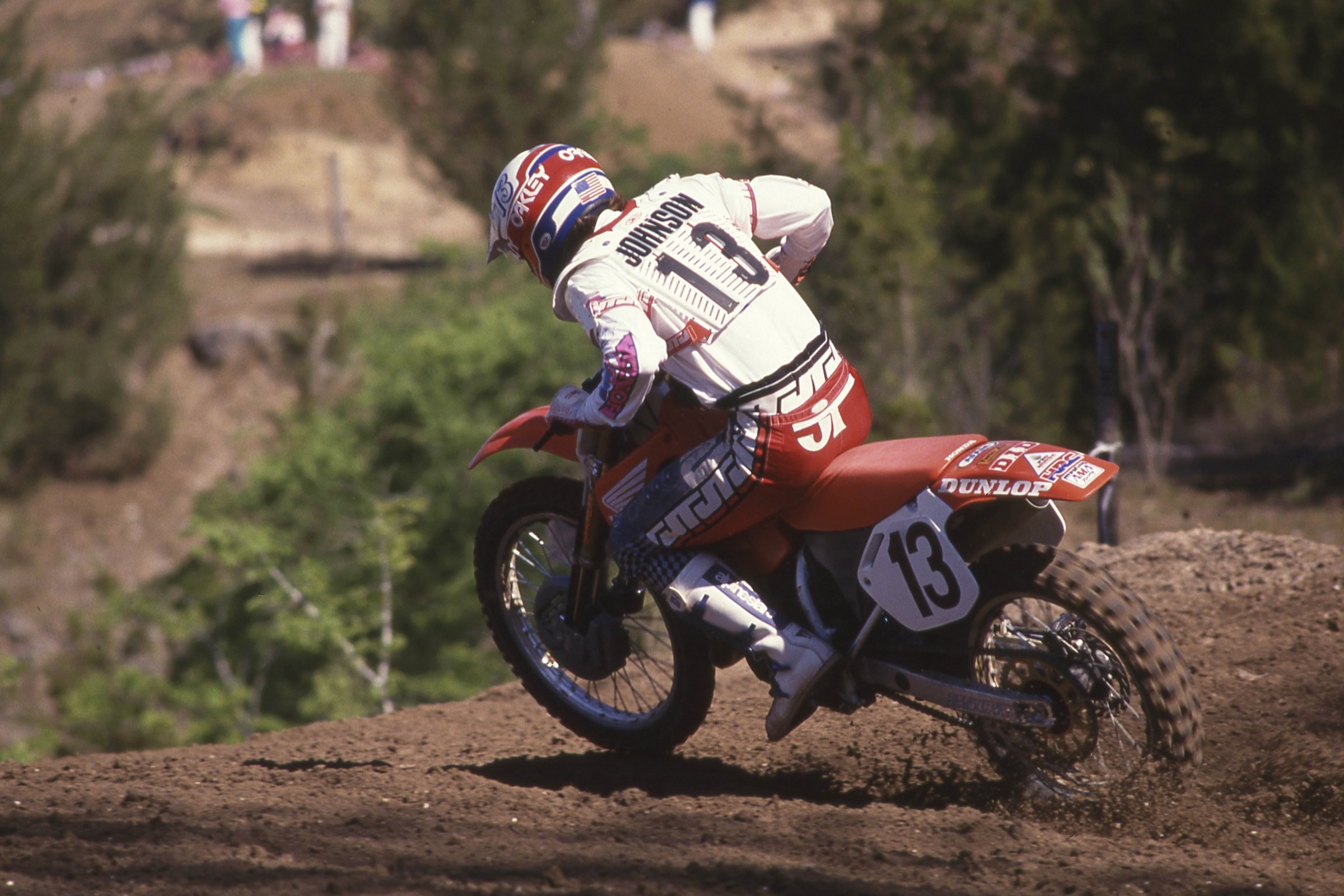 Thu May 17 30 Greatest AMA Motocrossers: #3 Rick Johnson
Thu May 17 30 Greatest AMA Motocrossers: #3 Rick Johnson 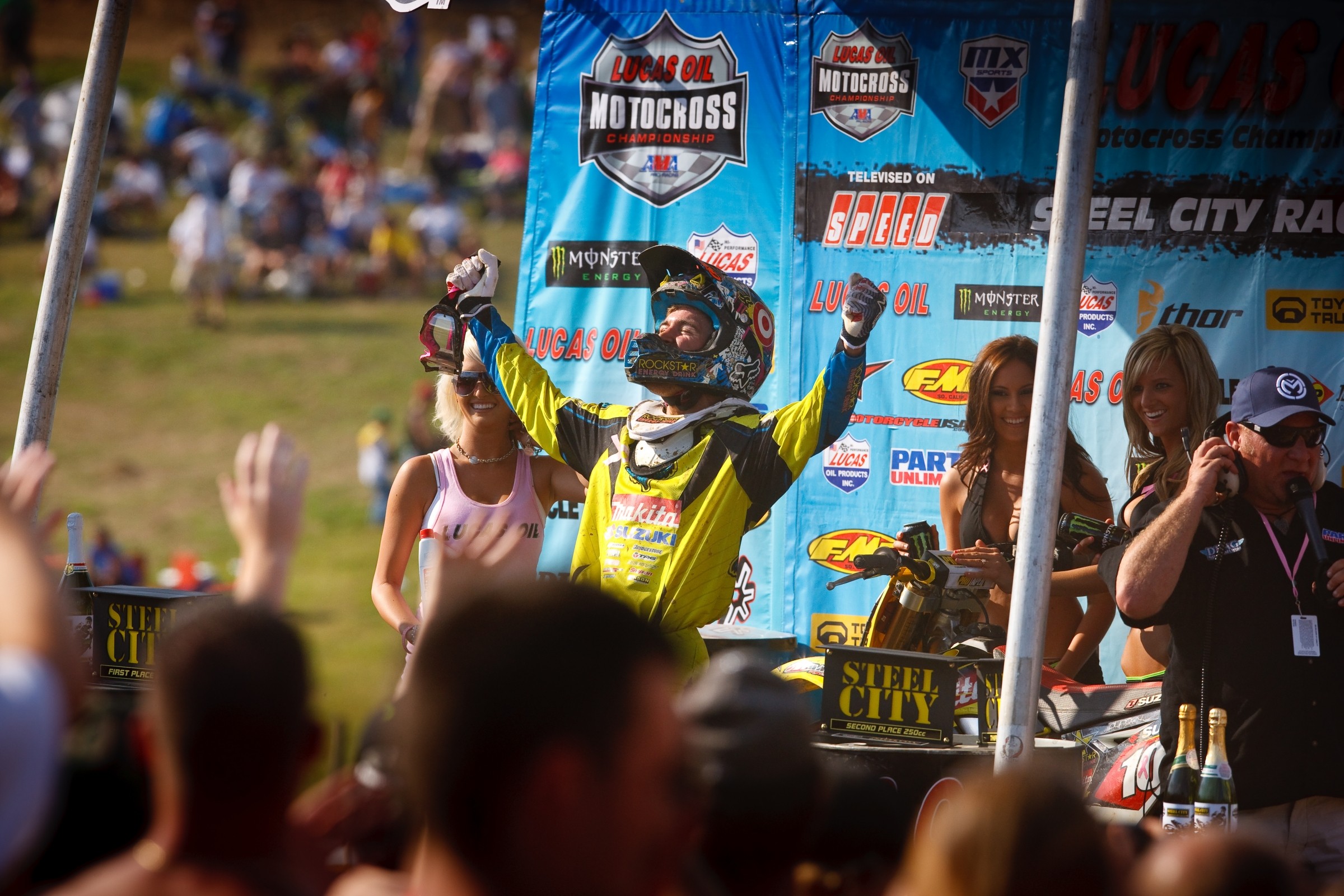 Wed May 16 30 Greatest AMA Motocrossers: #4 Ryan Dungey
Wed May 16 30 Greatest AMA Motocrossers: #4 Ryan Dungey 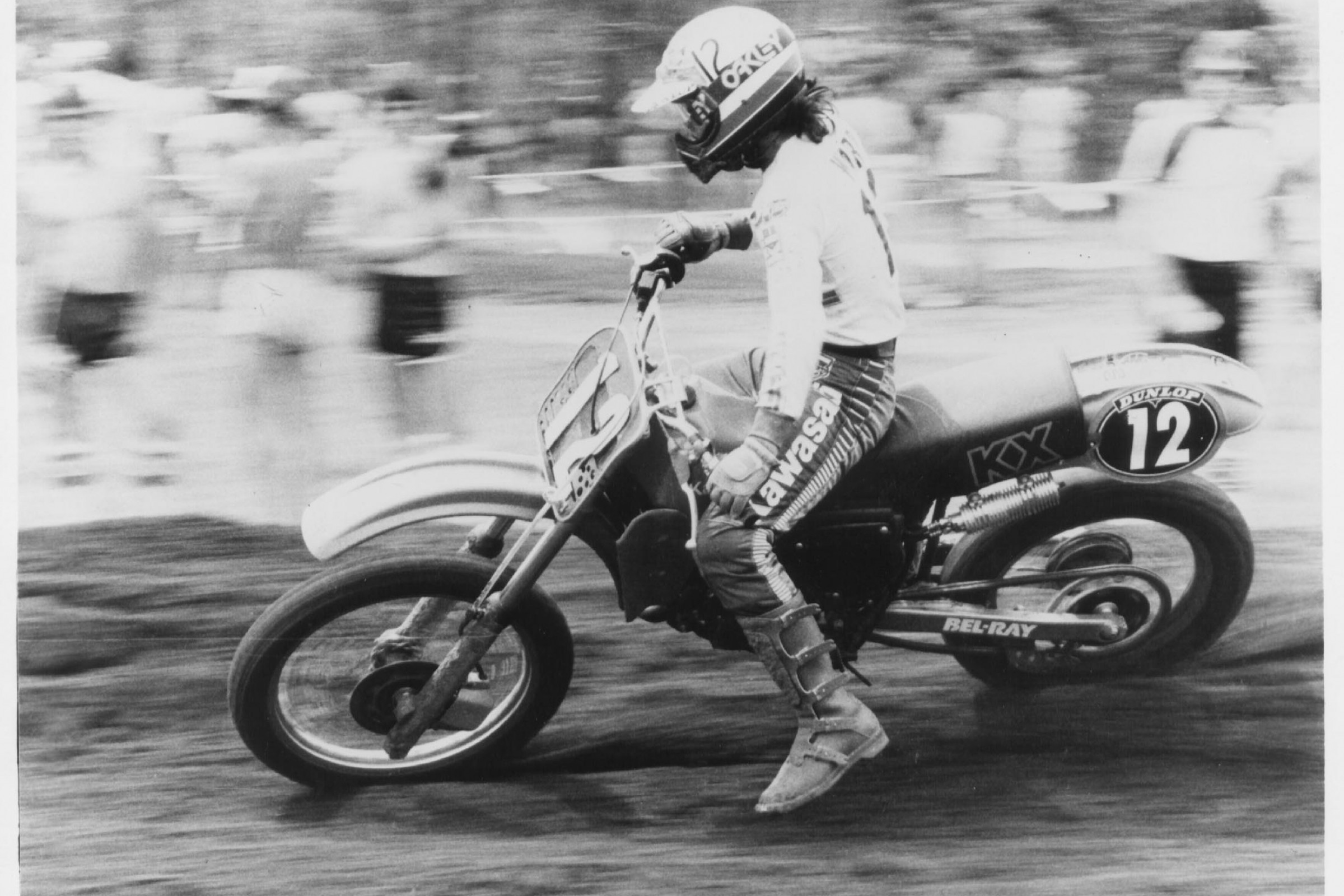 Tue May 15 30 Greatest AMA Motocrossers: #5 Jeff Ward
Tue May 15 30 Greatest AMA Motocrossers: #5 Jeff Ward 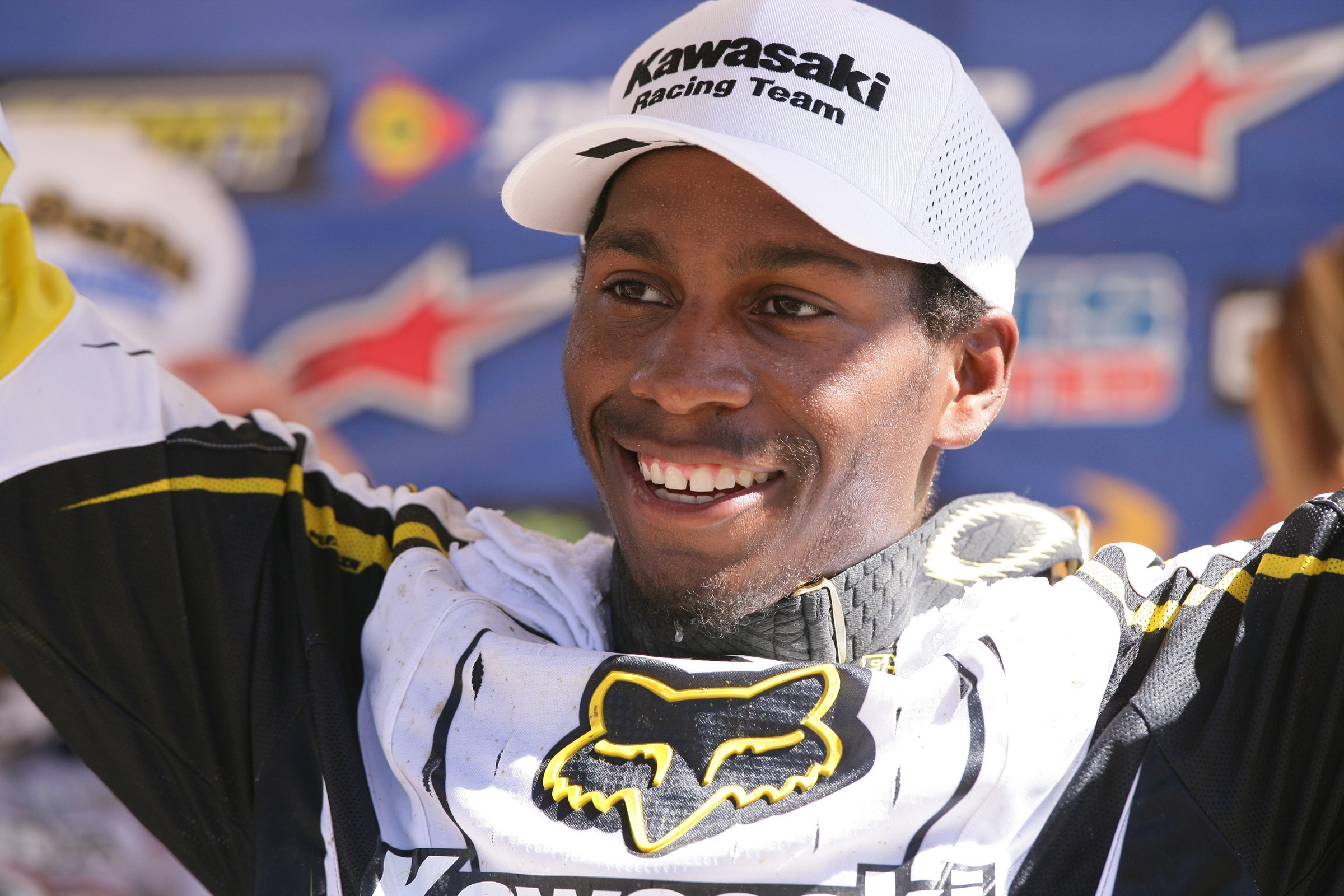 Mon May 14 30 Greatest AMA Motocrossers: #6 James Stewart
Mon May 14 30 Greatest AMA Motocrossers: #6 James Stewart 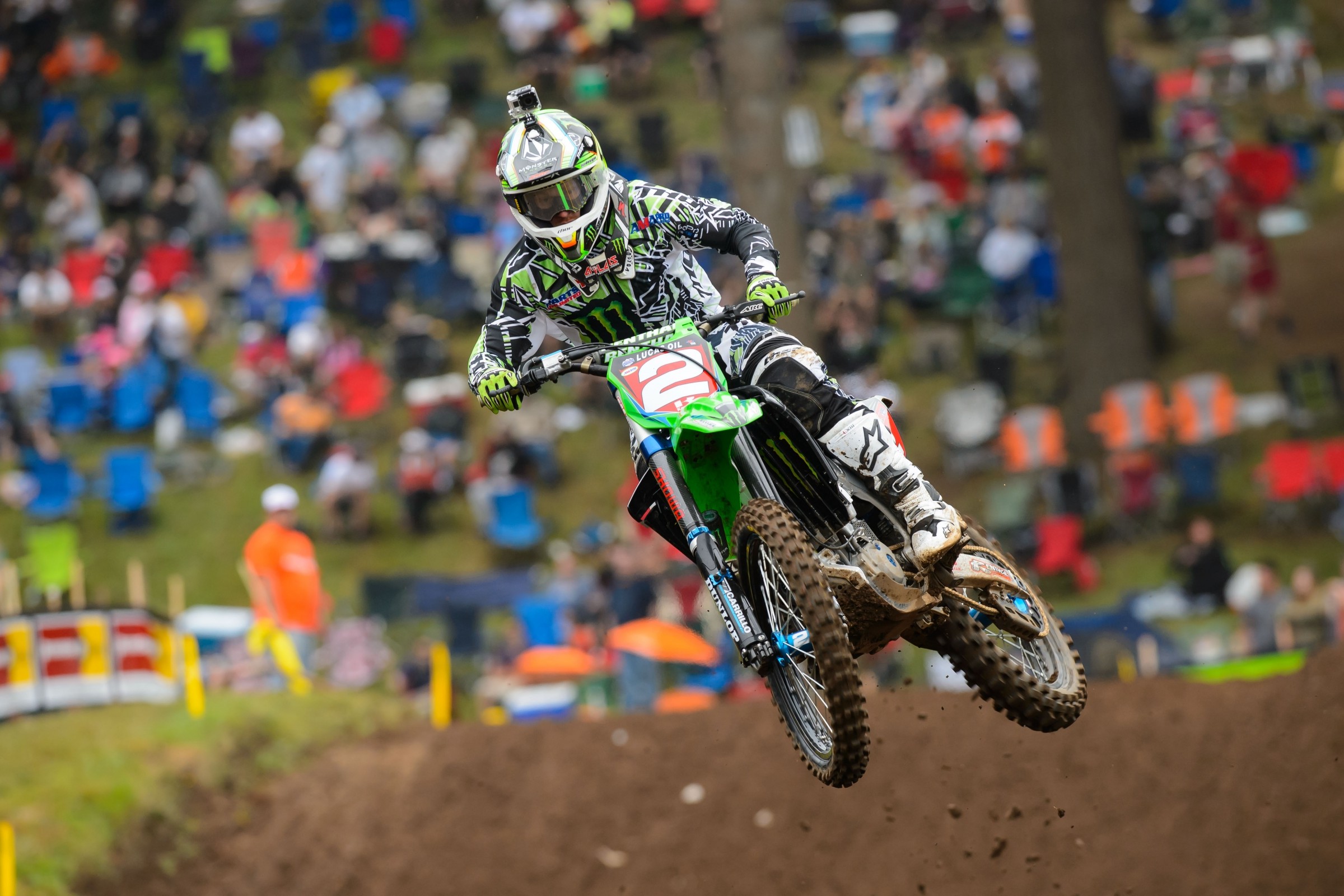 Sun May 13 30 Greatest AMA Motocrossers: #7 Ryan Villopoto
Sun May 13 30 Greatest AMA Motocrossers: #7 Ryan Villopoto 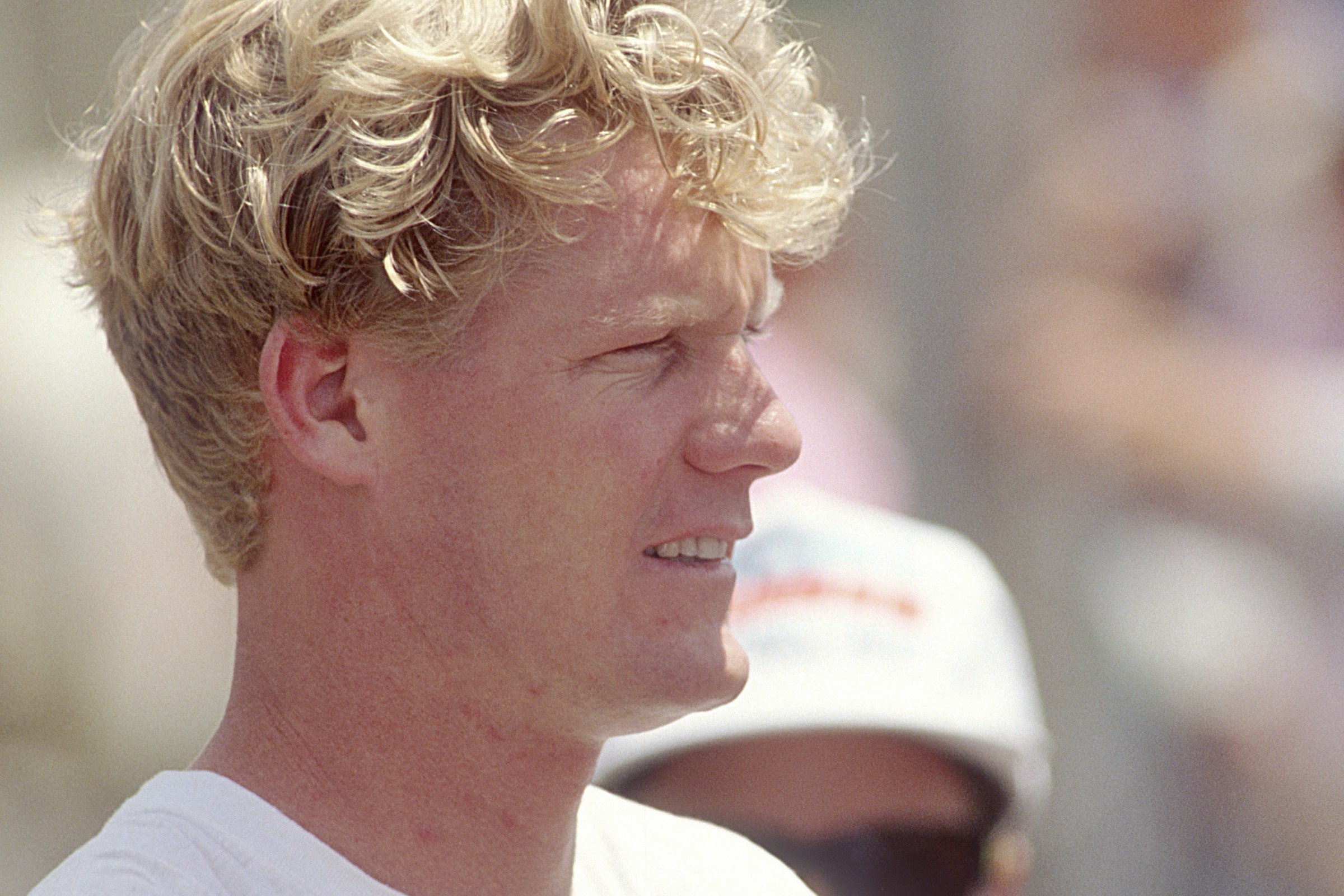 Sat May 12 30 Greatest AMA Motocrossers: #8 Broc Glover
Sat May 12 30 Greatest AMA Motocrossers: #8 Broc Glover 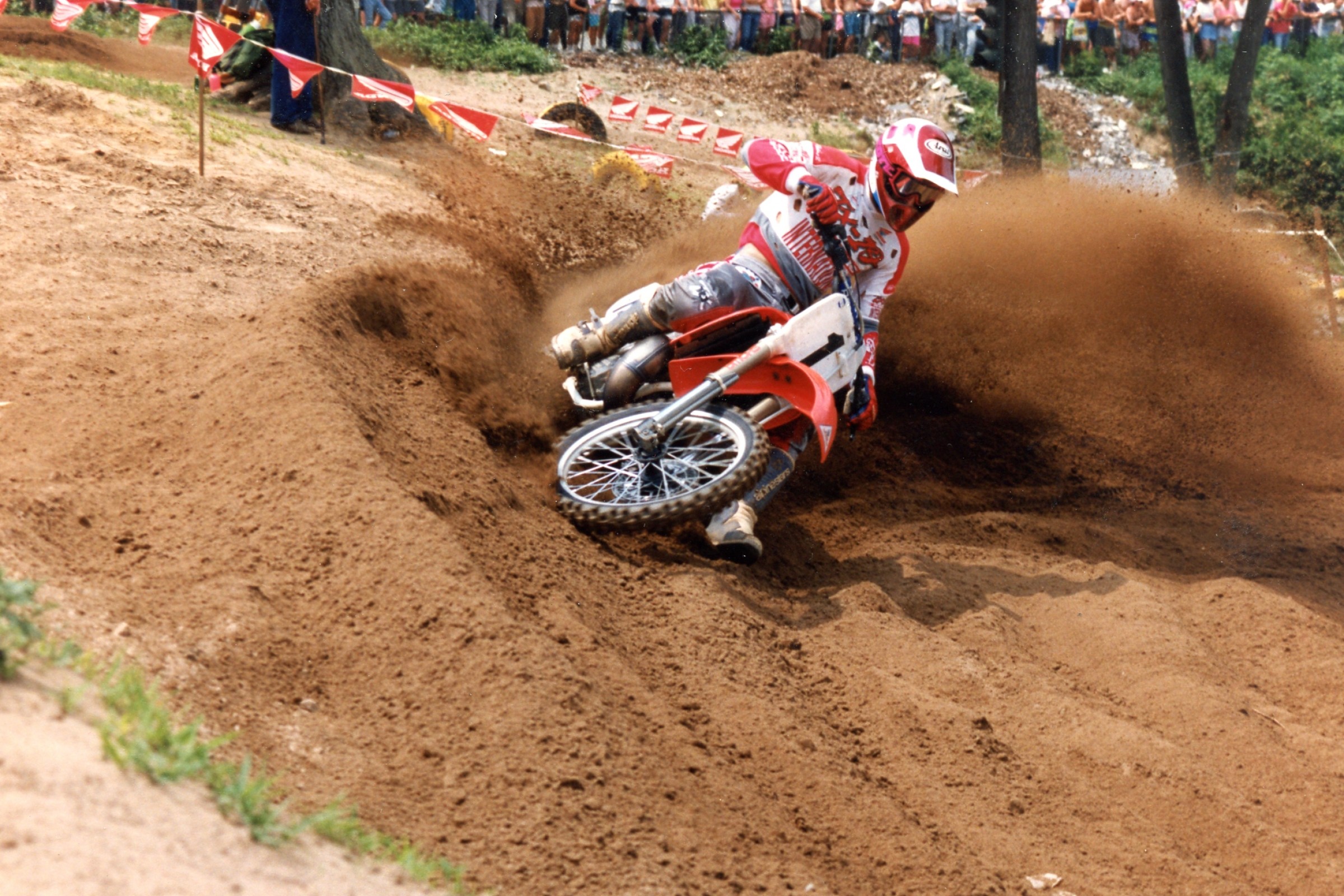 Fri May 11 30 Greatest AMA Motocrossers: #9 Jeff Stanton
Fri May 11 30 Greatest AMA Motocrossers: #9 Jeff Stanton 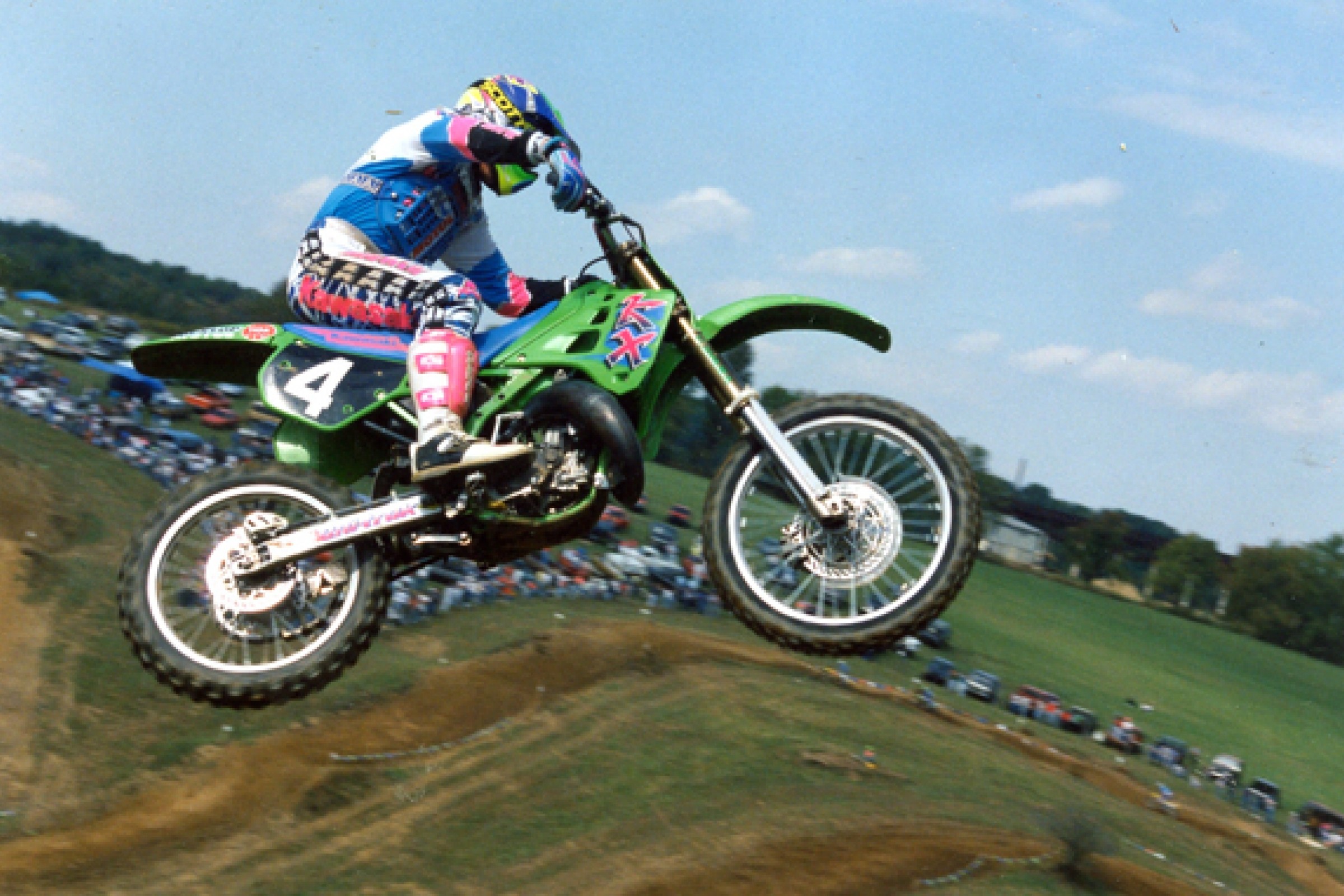 Thu May 10 30 Greatest AMA Motocrossers: #10 Mike Kiedrowski
Thu May 10 30 Greatest AMA Motocrossers: #10 Mike Kiedrowski 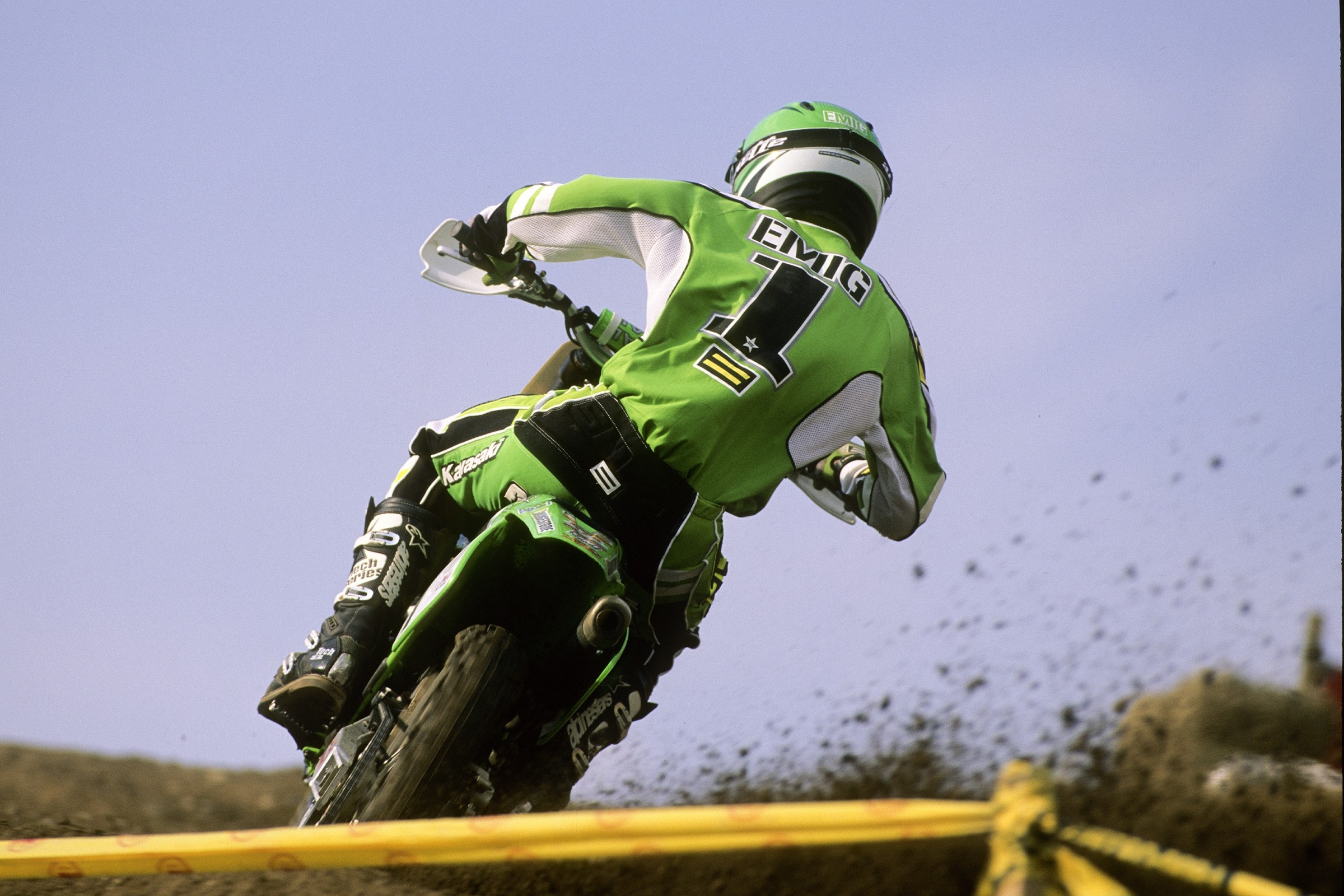 Wed May 9 30 Greatest AMA Motocrossers: #11 Jeff Emig
Wed May 9 30 Greatest AMA Motocrossers: #11 Jeff Emig  Tue May 8 30 Greatest AMA Motocrossers: #12 Kent Howerton
Tue May 8 30 Greatest AMA Motocrossers: #12 Kent Howerton  Mon May 7 30 Greatest AMA Motocrossers: #13 David Bailey
Mon May 7 30 Greatest AMA Motocrossers: #13 David Bailey 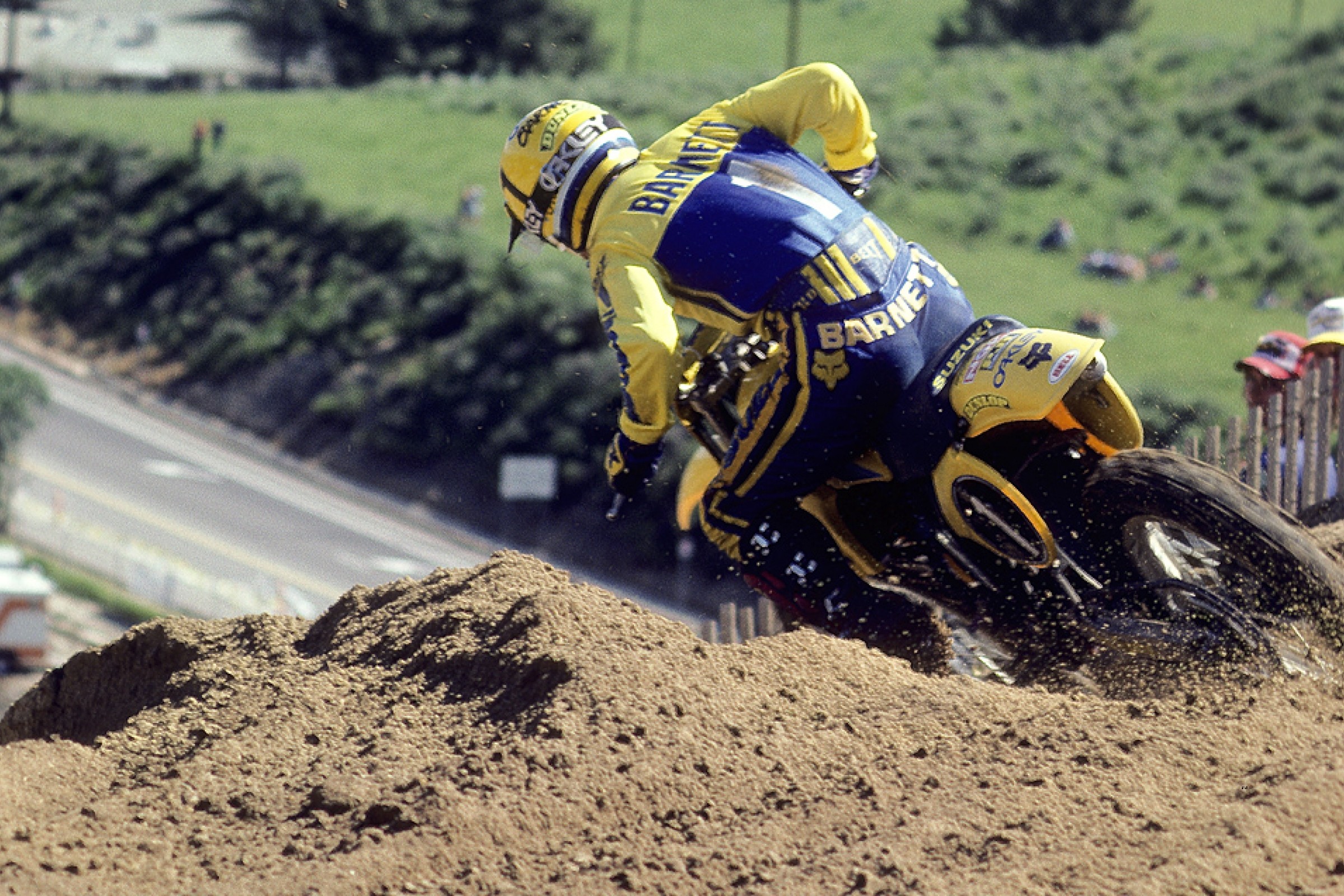 Sun May 6 30 Greatest AMA Motocrossers: #14 Mark Barnett
Sun May 6 30 Greatest AMA Motocrossers: #14 Mark Barnett  Sat May 5 30 Greatest AMA Motocrossers: #15 Ken Roczen
Sat May 5 30 Greatest AMA Motocrossers: #15 Ken Roczen  Fri May 4 30 Greatest AMA Motocrossers: #16 Doug Henry
Fri May 4 30 Greatest AMA Motocrossers: #16 Doug Henry 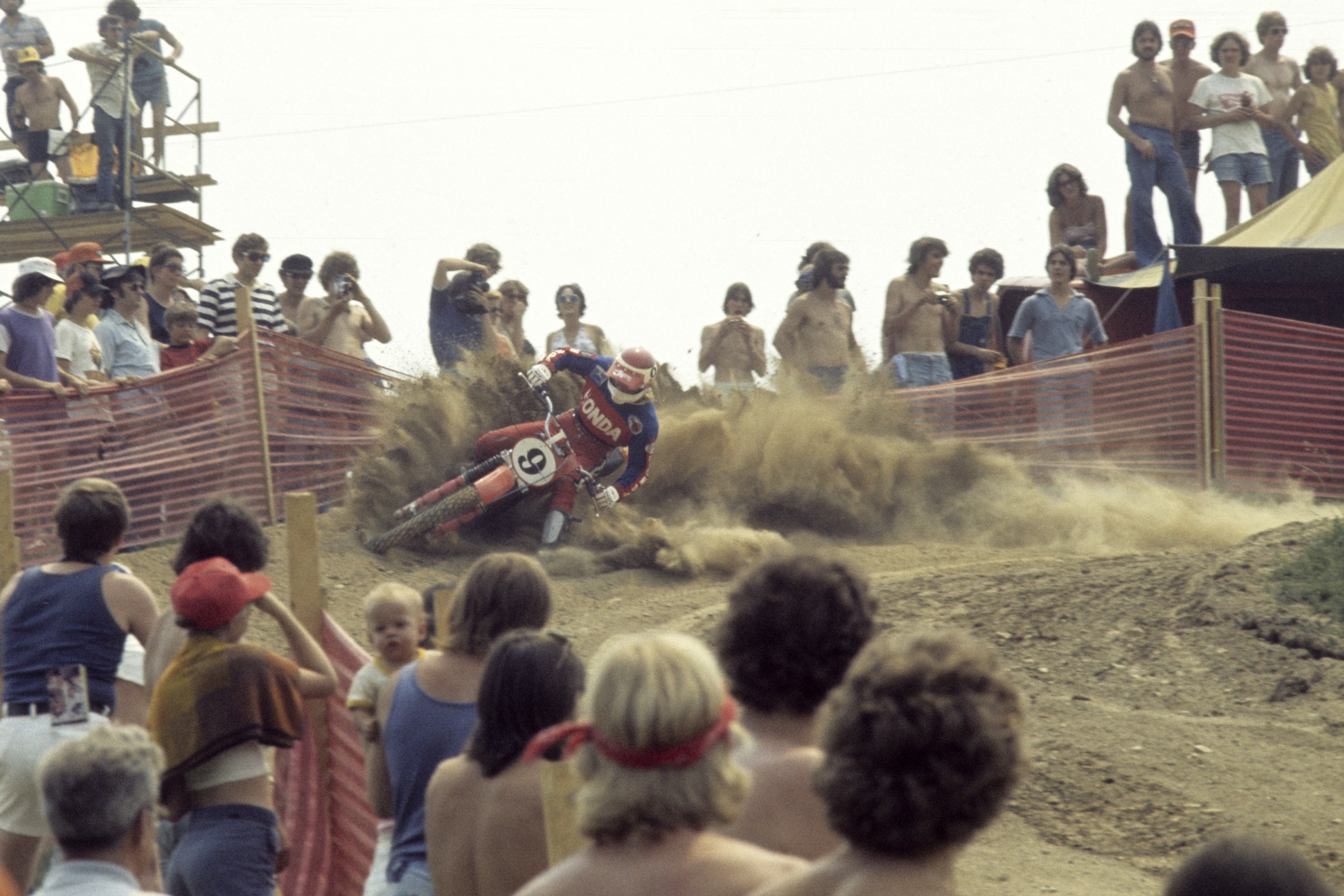 Thu May 3 30 Greatest AMA Motocrossers: #17 Marty Smith
Thu May 3 30 Greatest AMA Motocrossers: #17 Marty Smith  Wed May 2 30 Greatest AMA Motocrossers: #18 Eli Tomac
Wed May 2 30 Greatest AMA Motocrossers: #18 Eli Tomac 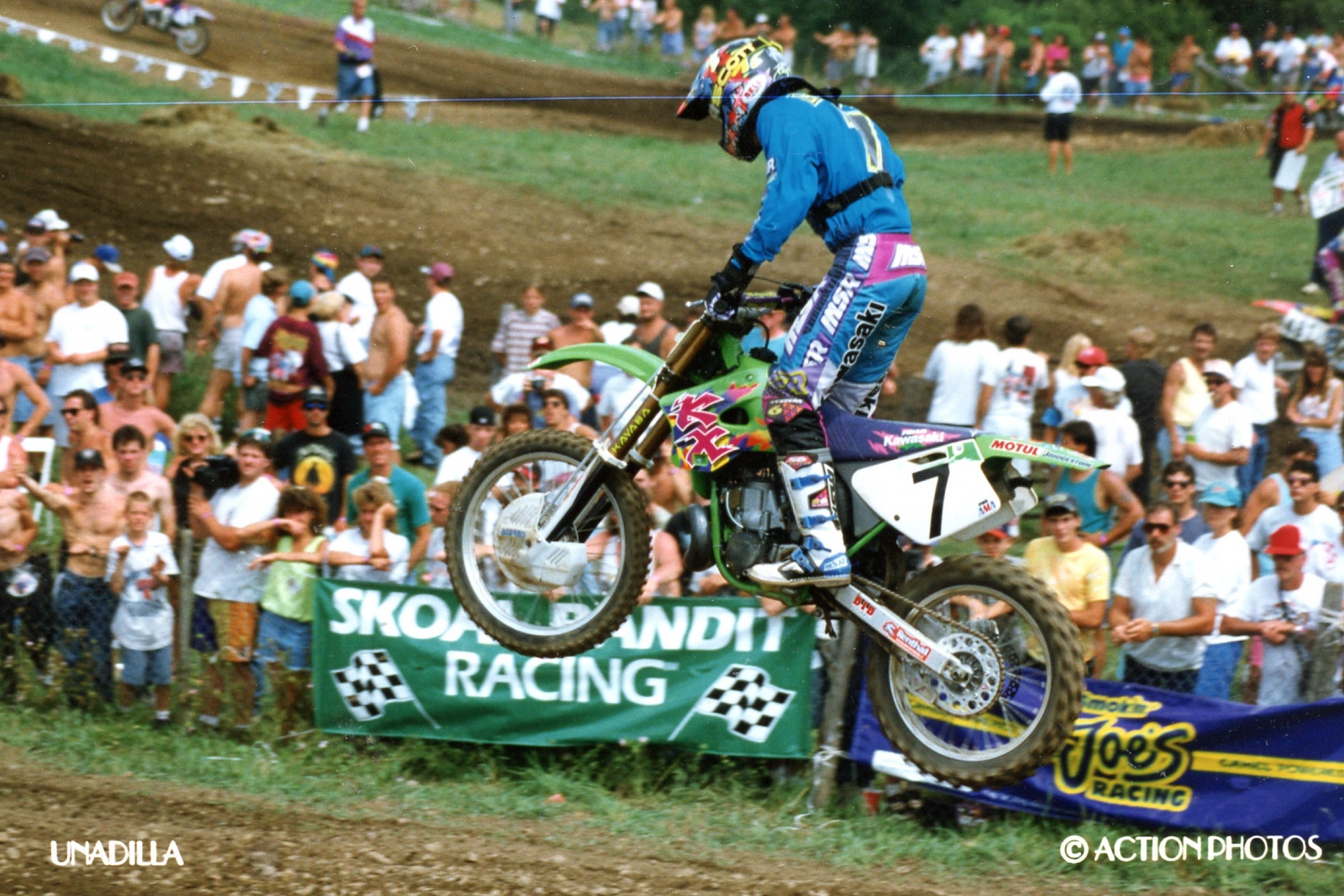 Tue May 1 30 Greatest AMA Motocrossers: #19 Mike LaRocco
Tue May 1 30 Greatest AMA Motocrossers: #19 Mike LaRocco  Mon Apr 30 30 Greatest AMA Motocrossers: #20 Jeremy McGrath
Mon Apr 30 30 Greatest AMA Motocrossers: #20 Jeremy McGrath 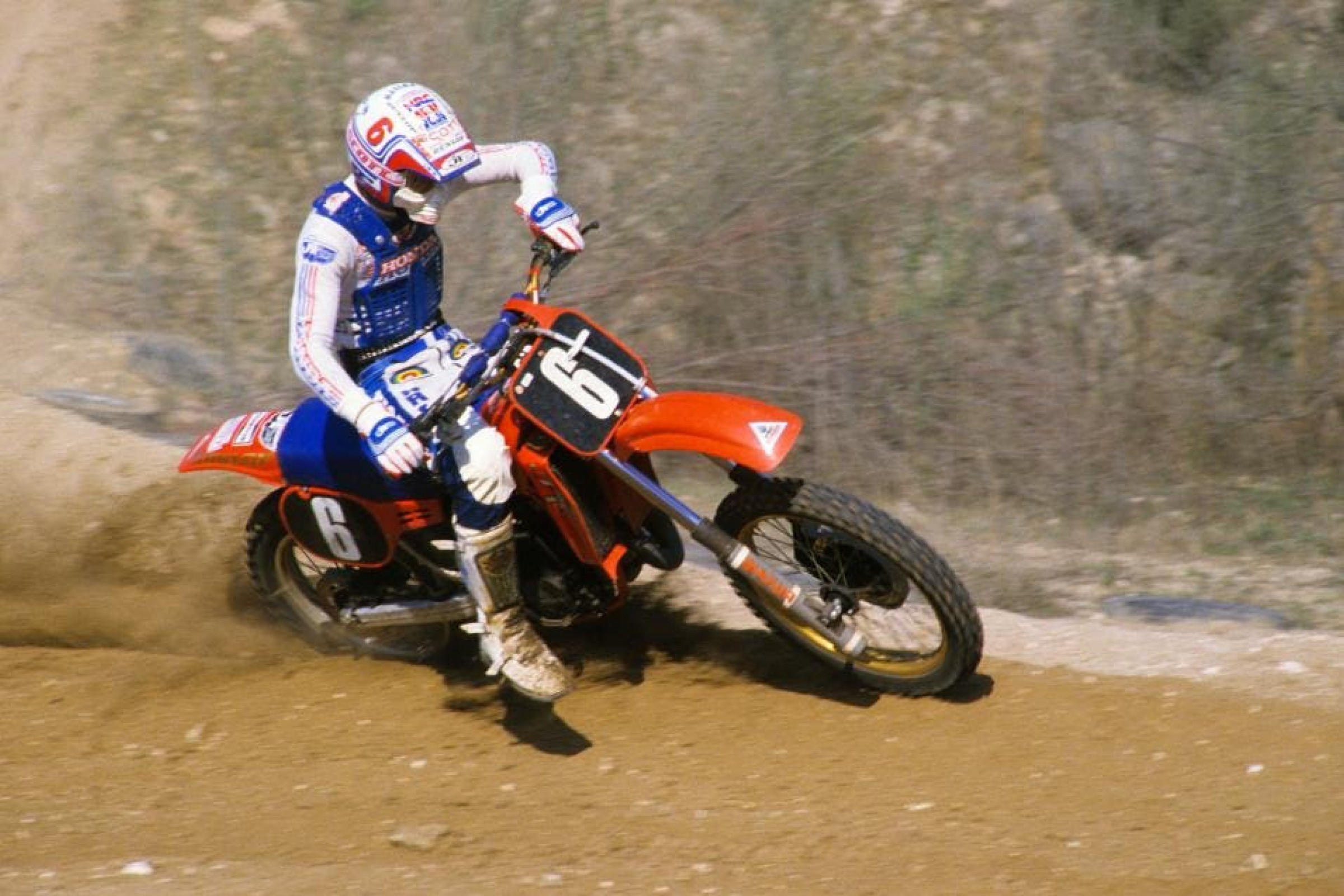 Sun Apr 29 30 Greatest AMA Motocrossers: #21 Ron Lechien
Sun Apr 29 30 Greatest AMA Motocrossers: #21 Ron Lechien 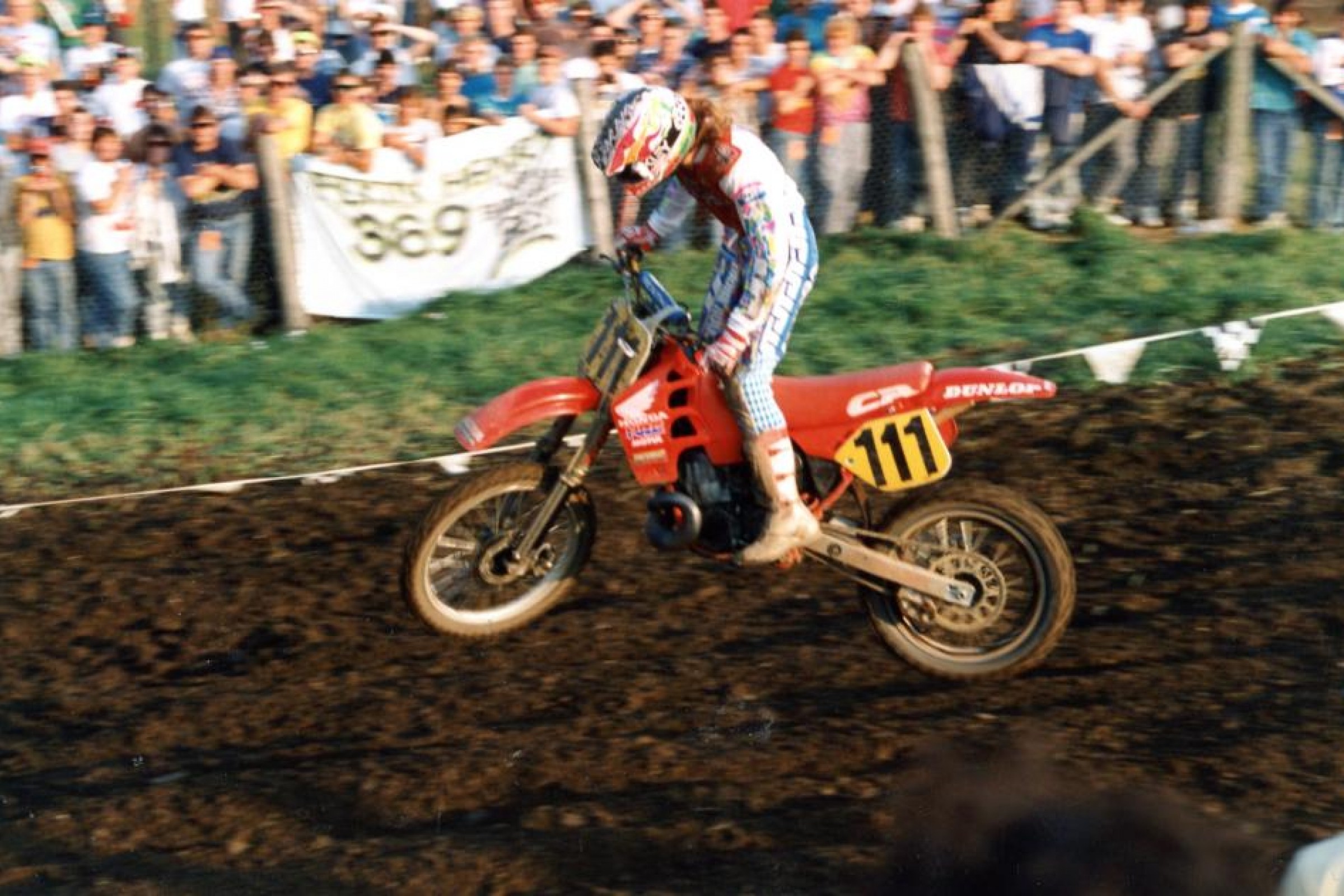 Sat Apr 28 30 Greatest AMA Motocrossers: #22 Jean-Michel Bayle
Sat Apr 28 30 Greatest AMA Motocrossers: #22 Jean-Michel Bayle 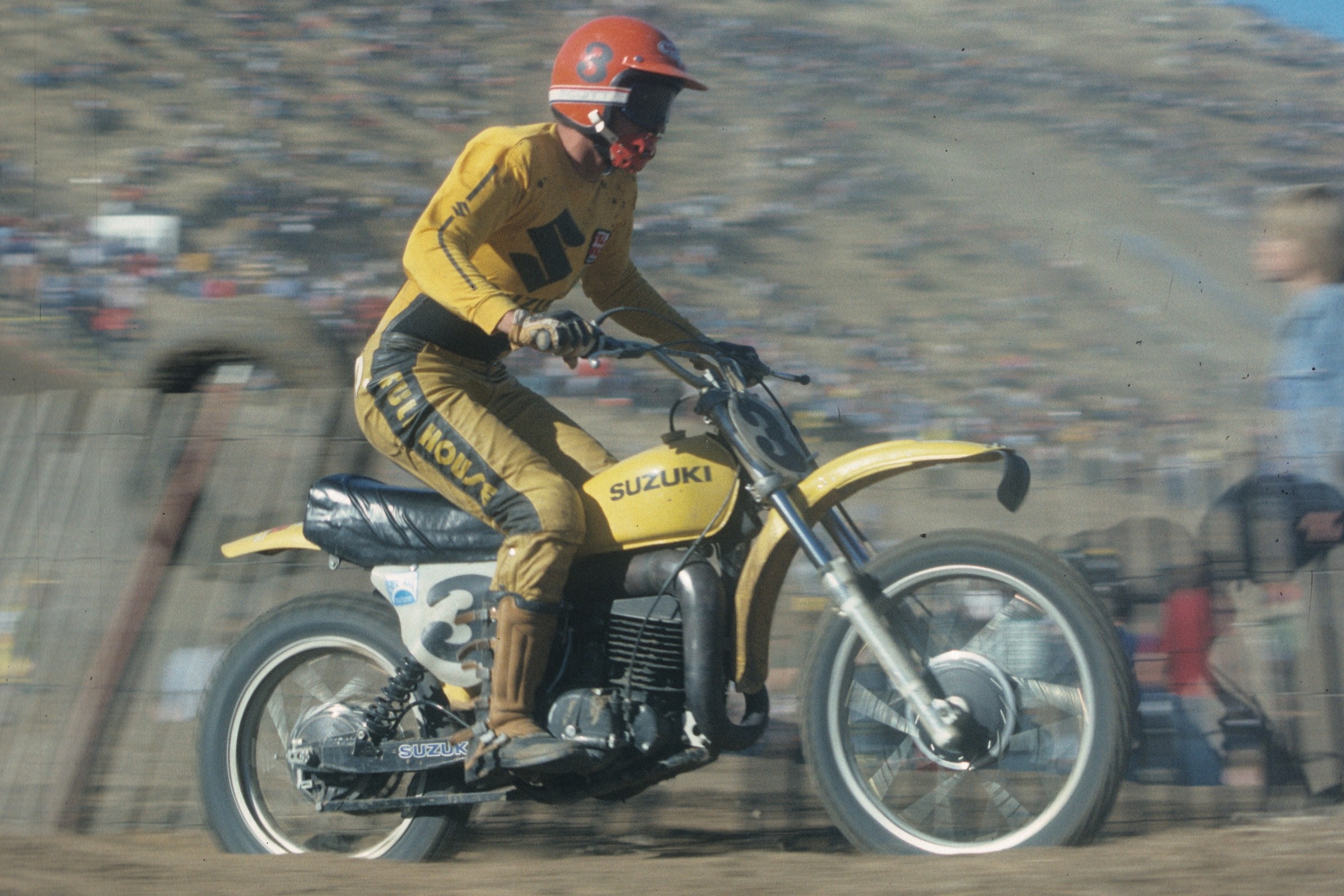 Fri Apr 27 30 Greatest AMA Motocrossers: #23 Tony DiStefano
Fri Apr 27 30 Greatest AMA Motocrossers: #23 Tony DiStefano 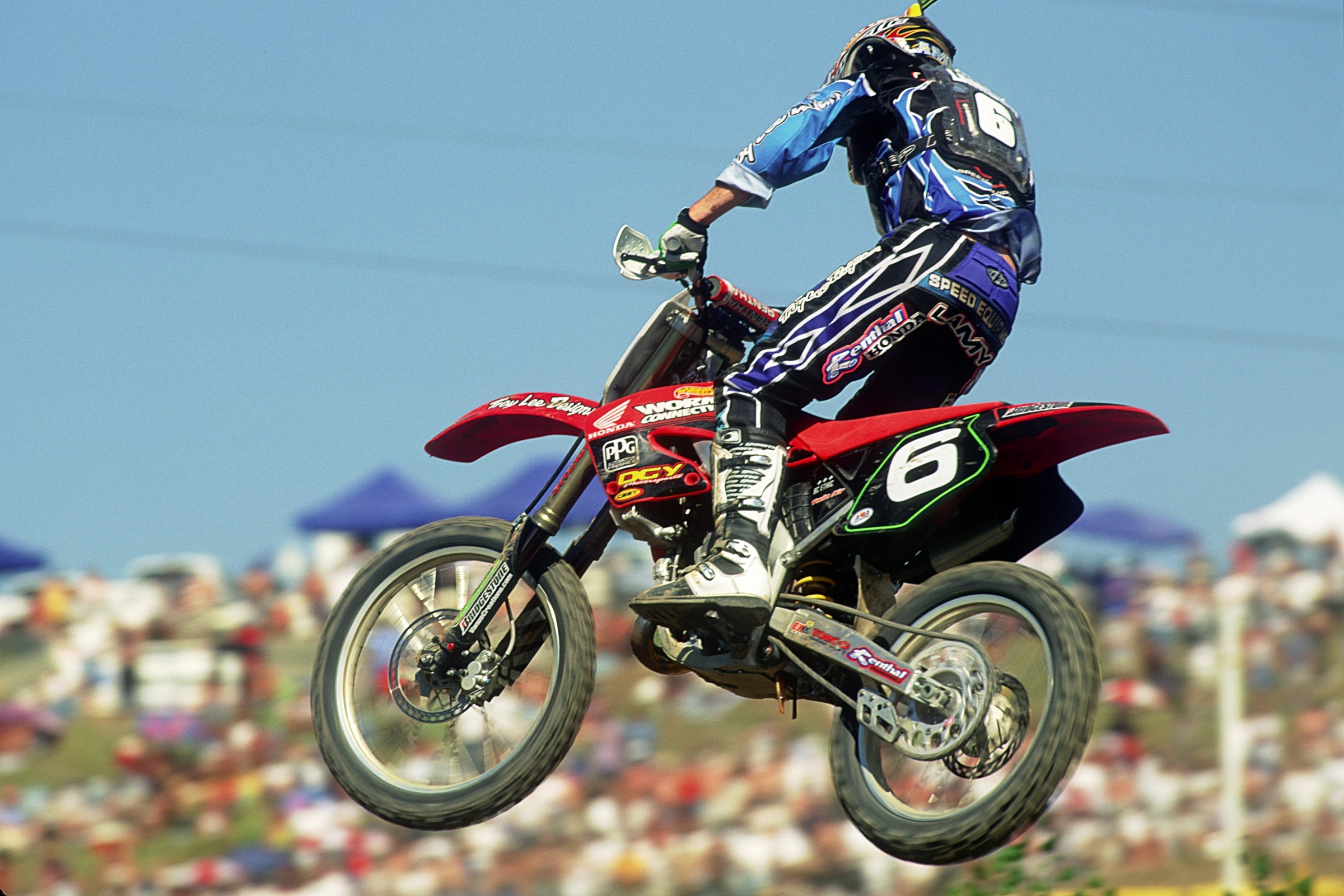 Thu Apr 26 30 Greatest AMA Motocrossers: #24 Steve Lamson
Thu Apr 26 30 Greatest AMA Motocrossers: #24 Steve Lamson 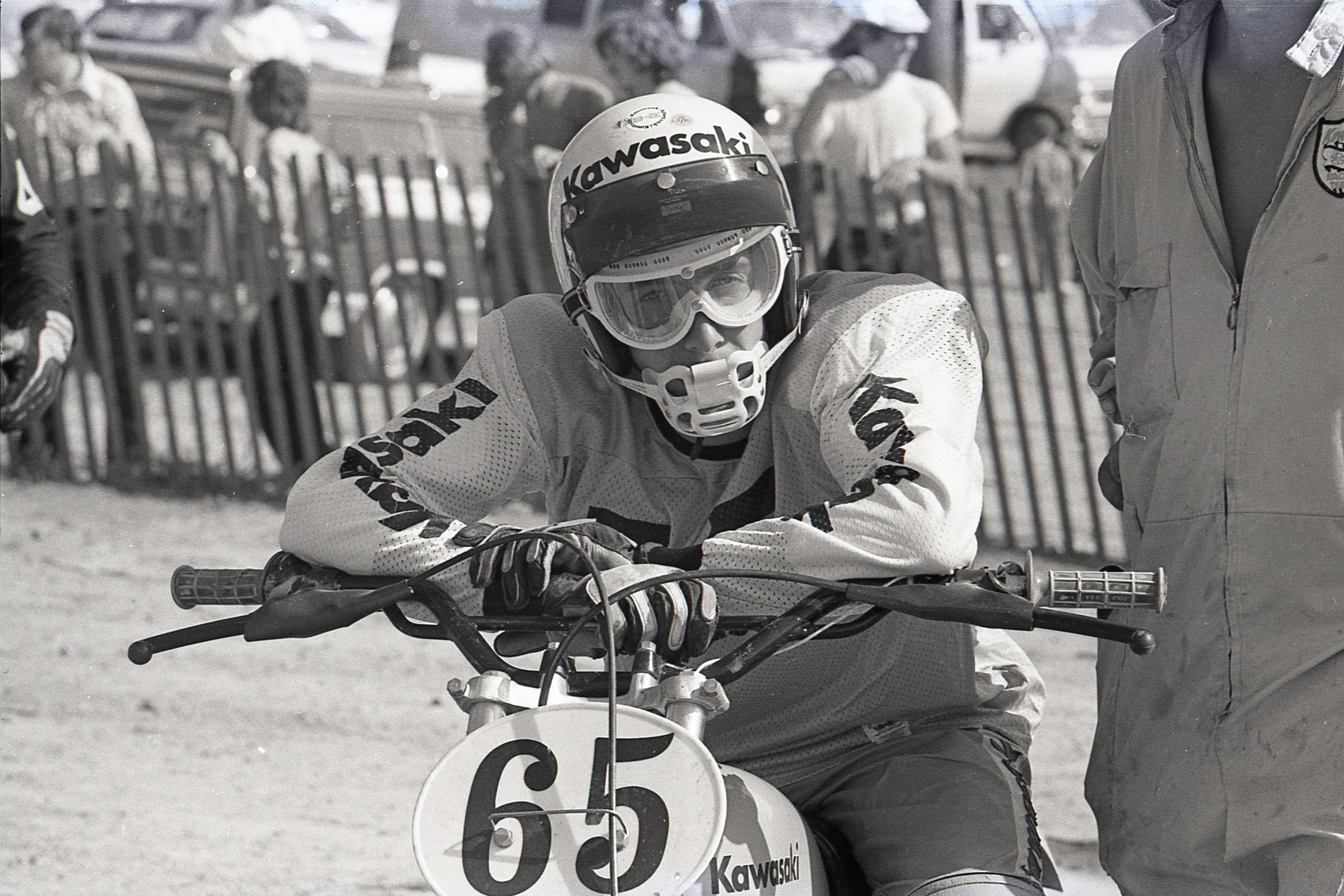 Wed Apr 25 30 Greatest AMA Motocrossers: #25 Jimmy Weinert
Wed Apr 25 30 Greatest AMA Motocrossers: #25 Jimmy Weinert 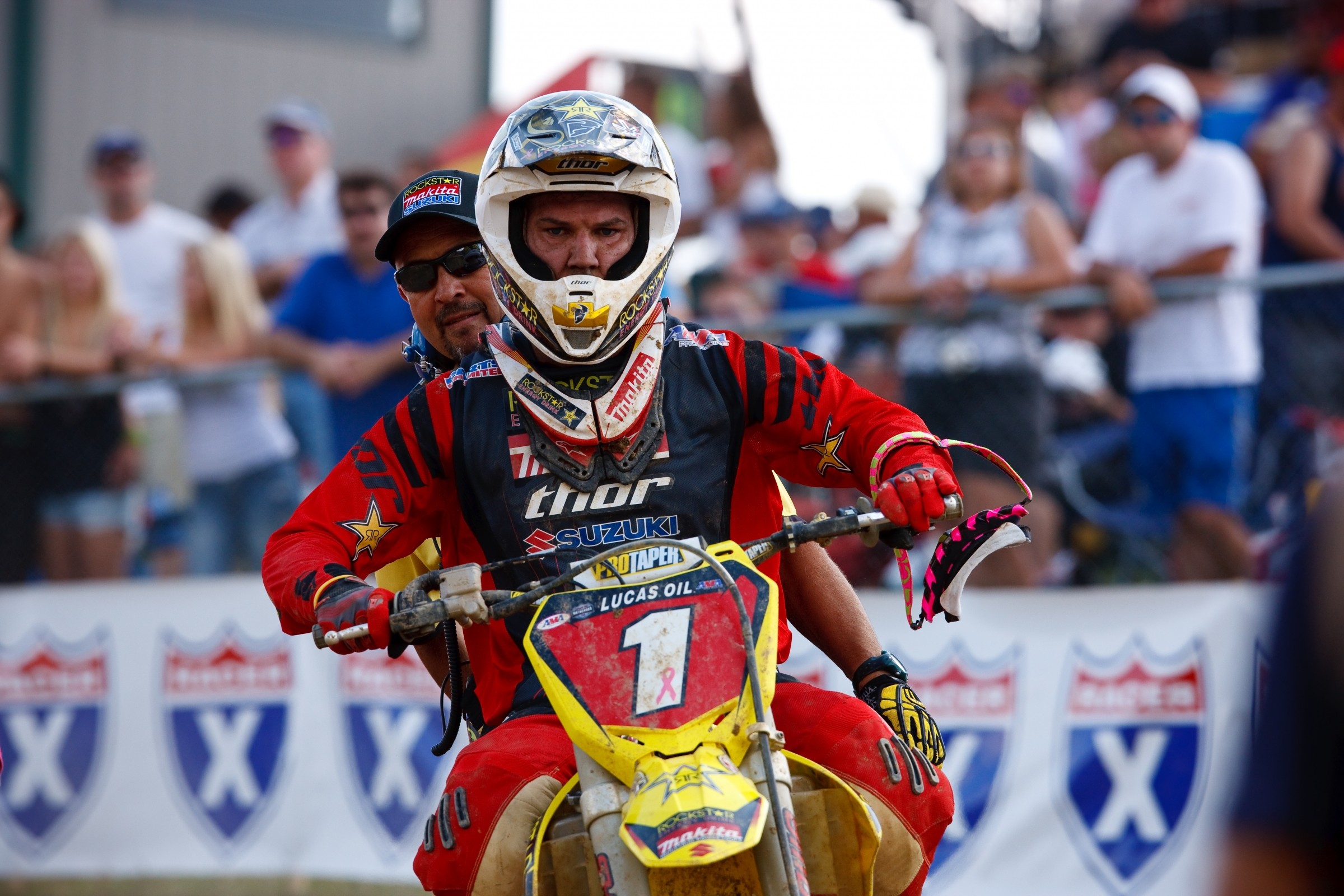 Tue Apr 24 30 Greatest AMA Motocrossers: #26 Chad Reed
Tue Apr 24 30 Greatest AMA Motocrossers: #26 Chad Reed 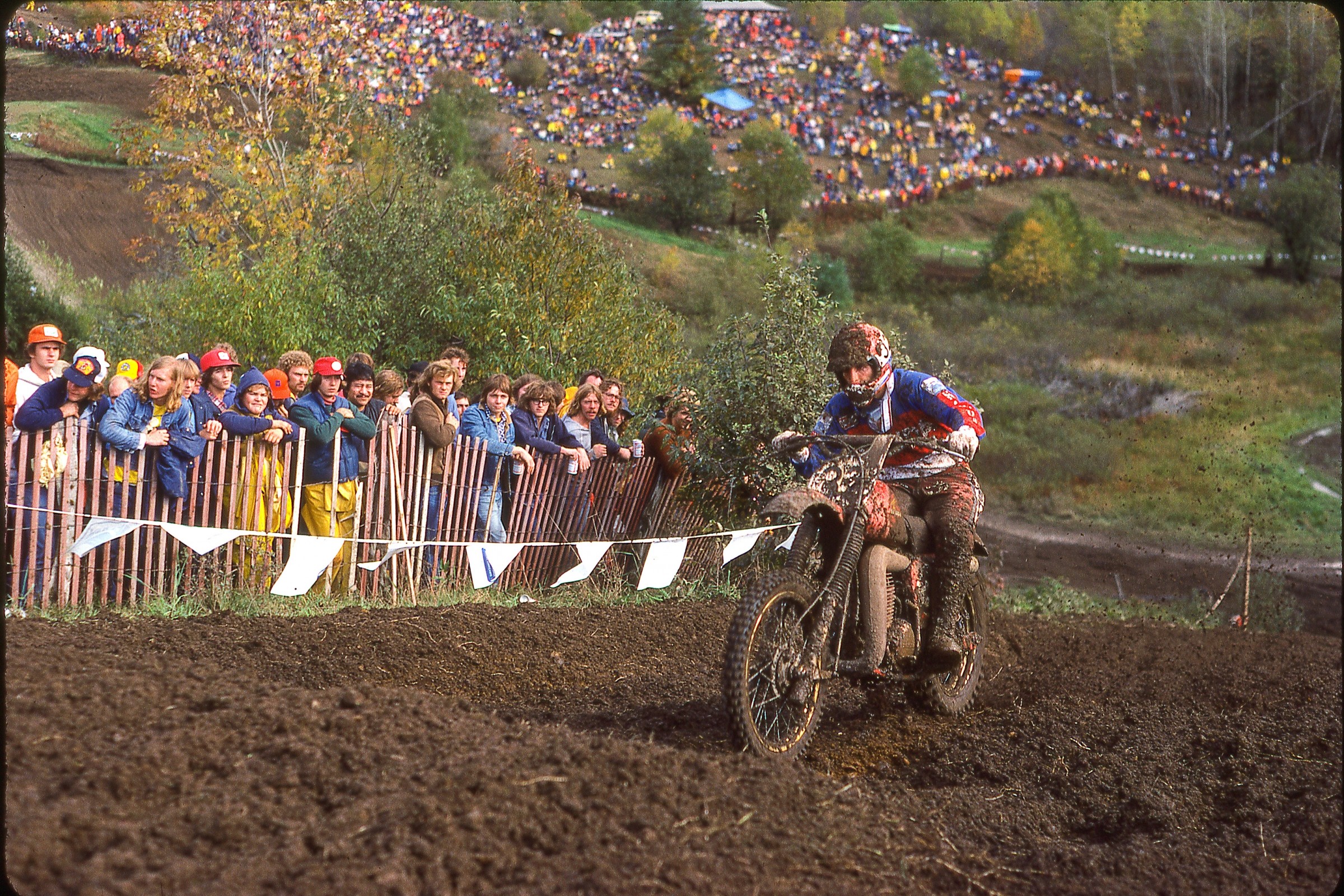 Mon Apr 23 30 Greatest AMA Motocrossers: #27 Brad Lackey
Mon Apr 23 30 Greatest AMA Motocrossers: #27 Brad Lackey 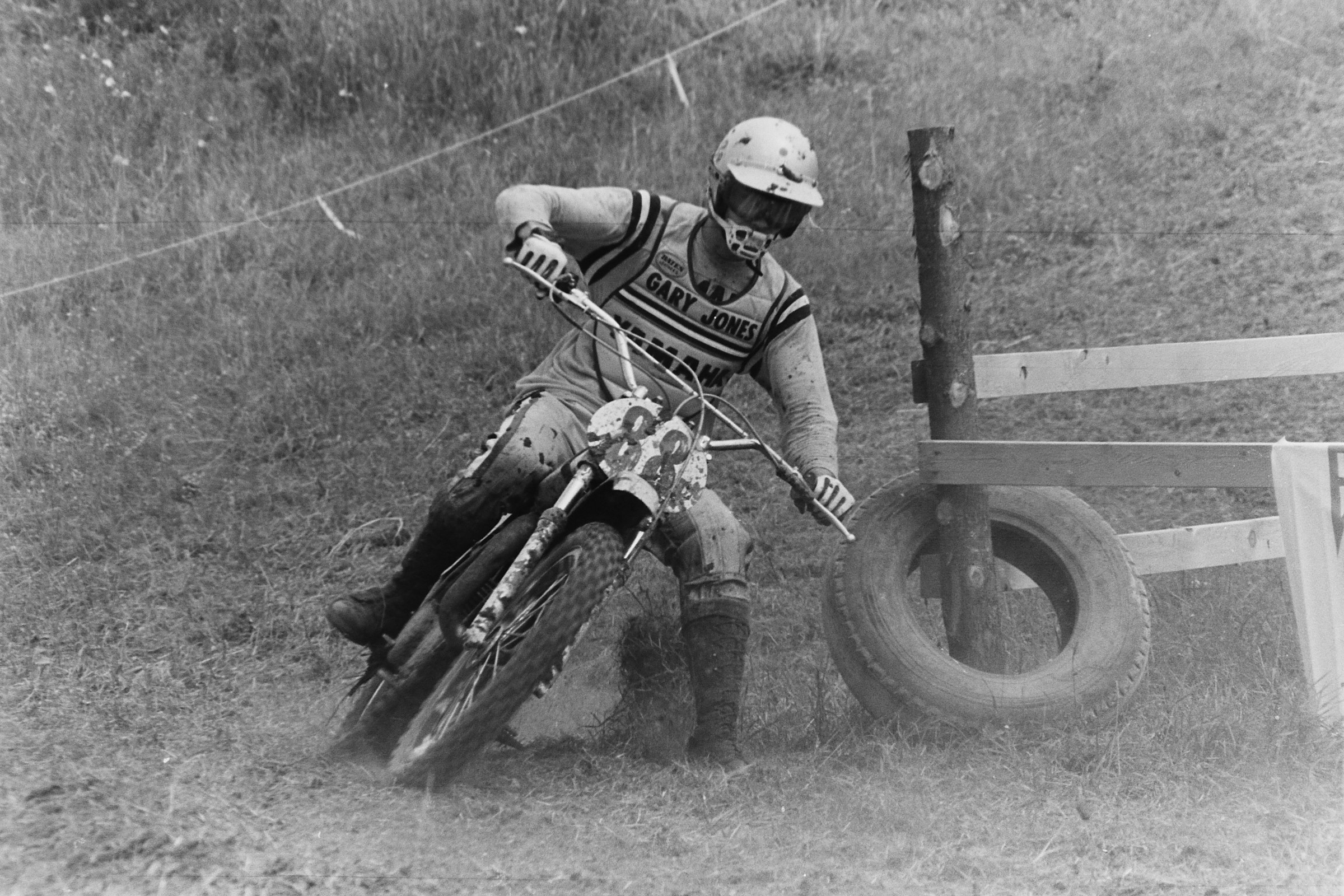 Sun Apr 22 30 Greatest AMA Motocrossers: #28 Gary Jones
Sun Apr 22 30 Greatest AMA Motocrossers: #28 Gary Jones 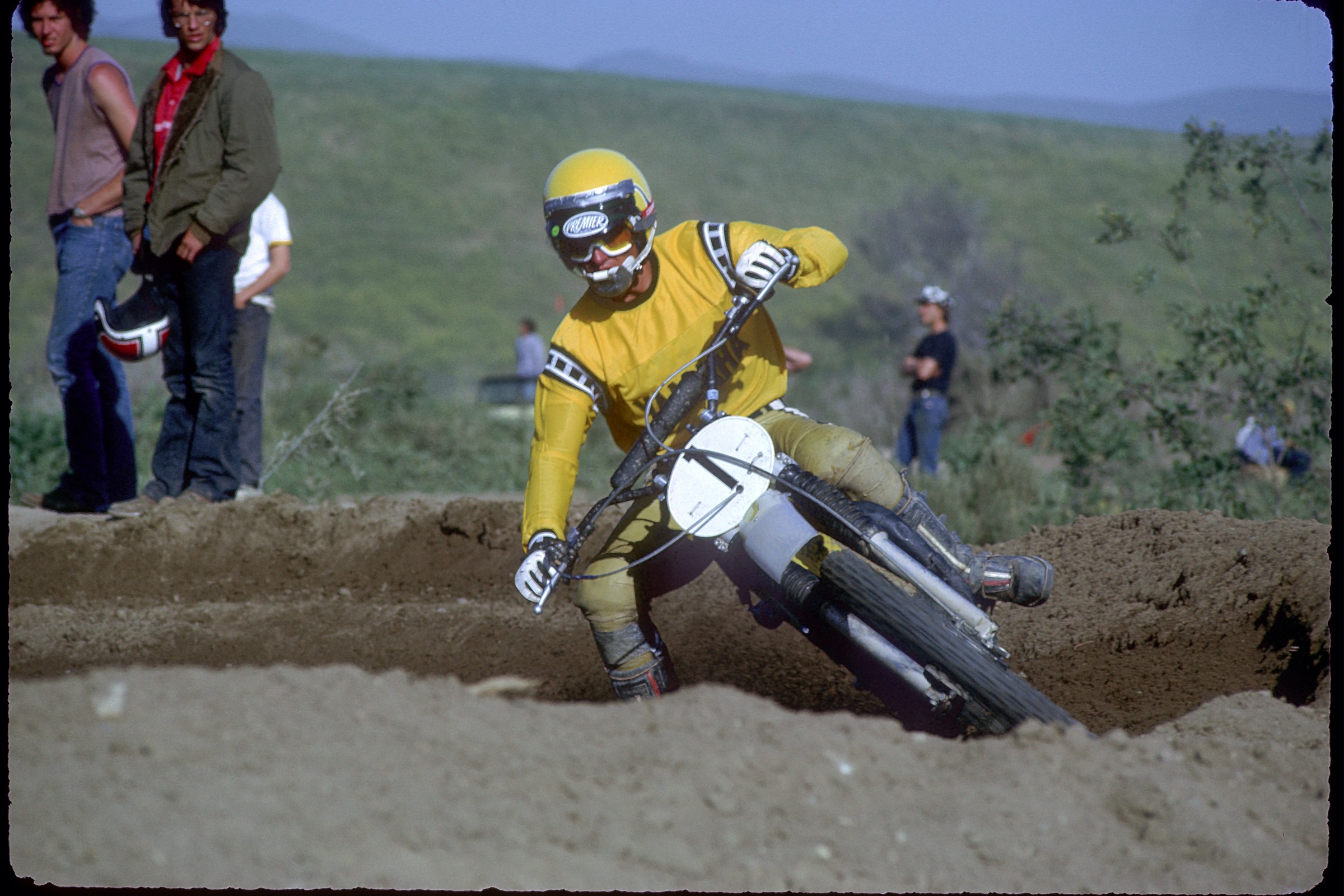 Sat Apr 21 30 Greatest AMA Motocrossers: #29 Pierre Karsmakers
Sat Apr 21 30 Greatest AMA Motocrossers: #29 Pierre Karsmakers 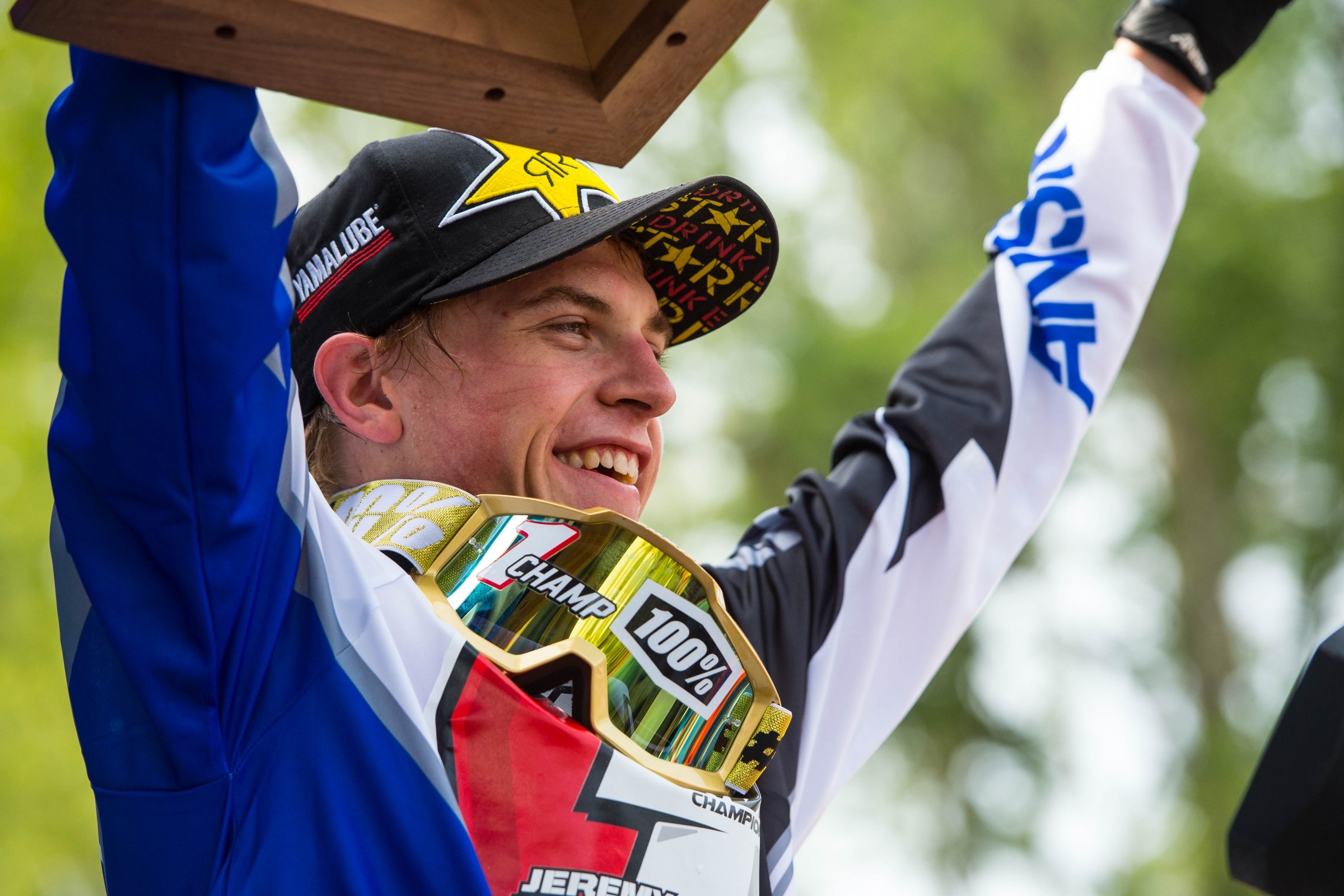 Fri Apr 20 30 Greatest AMA Motocrossers: #30 Jeremy Martin
Fri Apr 20 30 Greatest AMA Motocrossers: #30 Jeremy Martin 